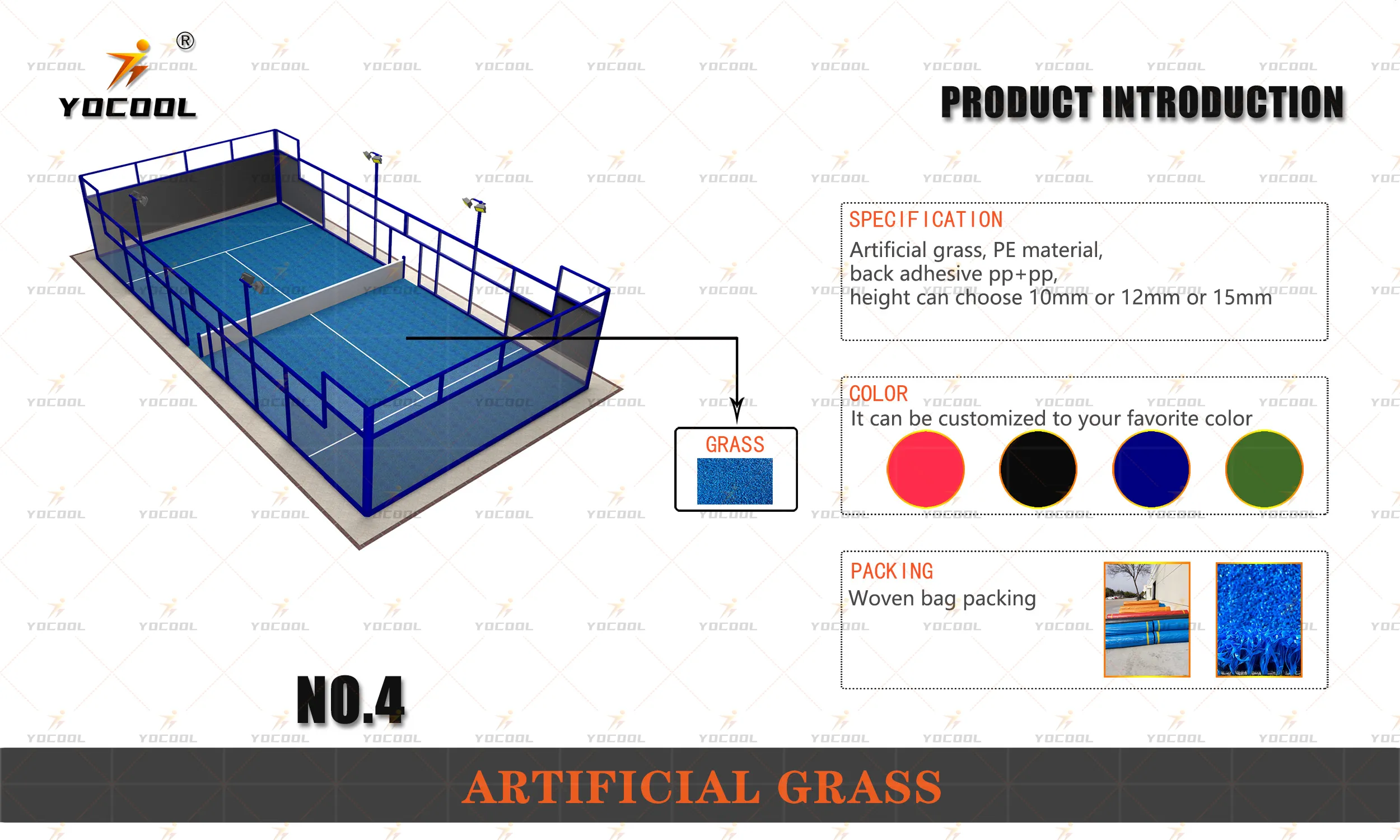

Building a Padel Court in China A Growing Trend
Padel, a racquet sport that combines elements of tennis and squash, has been rapidly gaining popularity around the world. Originally developed in Mexico in the 1960s, it has seen exponential growth in Europe and is now making inroads into the Asian market, particularly in China. The active lifestyle embraced by many Chinese citizens, coupled with the sporting culture that emphasizes both physical fitness and social interaction, makes the establishment of padel courts an exciting venture.
Why Padel?
The unique characteristics of padel make it particularly appealing. It is played on a smaller court enclosed by glass walls, allowing for a fast-paced and dynamic game that is accessible to players of all skill levels. Unlike traditional tennis, which can be intimidating for beginners due to its size and the need for developed skills, padel's smaller court size and softer ball make it easier to learn and play. This inclusivity is a major factor in its growing popularity, especially among younger players and families.
Additionally, padel can be played as a doubles game, fostering a social atmosphere that appeals to groups of friends, colleagues, and families. The sport also offers significant health benefits, including improved cardiovascular fitness, agility, and coordination, making it an attractive addition to China's fitness landscape.
Steps to Build a Padel Court
1. Site Selection The first step in building a padel court is selecting an appropriate location. This involves identifying spaces that are easily accessible to the target audience, such as urban areas, recreational parks, or sports complexes. A flat, open area approximately 20x10 meters is ideal for a standard court, with additional space for player movement and spectators.

2. Design and Planning Collaborating with professionals experienced in sports court construction is crucial. The design should comply with the standard regulations for padel courts, including wall heights, materials to be used (usually glass and metal), and court markings. A well-designed court not only fosters better gameplay but also enhances the overall aesthetic appeal of the facility.
3. Construction Once the design is approved, construction can begin. This phase involves laying out the foundation, installing the walls, and ensuring that all measurements comply with official standards. The use of high-quality materials is essential to ensure durability and reduce maintenance costs in the long run.
4. Lighting and Amenities To make the court usable year-round, adequate lighting must be installed. This allows for evening play, which is particularly important in urban settings where daytime hours may be limited. Additionally, providing amenities such as seating areas, restrooms, and refreshments can significantly enhance the overall experience for players and spectators alike.
5. Promotion and Community Engagement Once the court is built, the next step is to promote the new facility to attract players. Organizing events, tournaments, and social gatherings can effectively engage the community. Collaboration with local schools, clubs, and schools can help to introduce padel to a broader audience.
The Future of Padel in China
With the rapid urbanization and increasing disposable income in China, the demand for recreational sports facilities is on the rise. Padel, with its unique blend of competition and social interaction, stands poised to capture a significant segment of the sports market. As more courts are built, awareness about the sport will spread, and eventually, padel could become a staple in the Chinese sporting landscape.
In conclusion, building a padel court in China represents not just the construction of a physical space, but the beginning of a community-centered cultural shift towards a more active and engaging lifestyle. As momentum builds around this exciting sport, the potential for growth and the establishment of a vibrant padel community is immense. With the right investments and promotional strategies, padel could soon be as synonymous with fun and fitness in China as it is in Europe and beyond.
Durable Rubber Composite Floor Premium Rubber Floor & Mats Solutions
Premium Rubber Composite Floor – Durable, Non-Slip, Eco-Friendly Rubber Floor Mats for Commercial & Residential Use
Premium Rubber Floor Solutions Rubber Floor Mat & Rubber Composite Floor for All Spaces
High-Quality Rubber Floor Mats & Composite Rubber Flooring – Durable, Anti-Slip & Eco-Friendly Solutions
High-Performance Sports Floor Solutions Durable PVC Sports Floor & Rubber Floor Supplier
High-Performance Sports Floor Solutions PVC Sports Floor & Rubber Floor Supplier